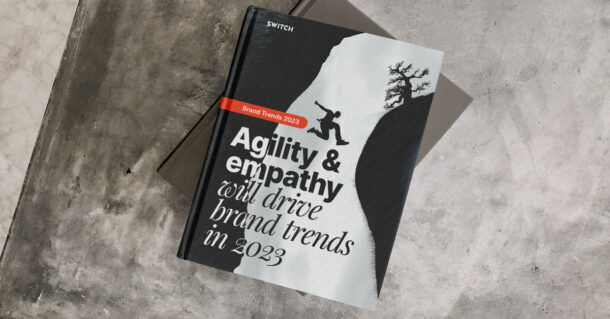Fair warning, this is a relatively long read. If you don’t have the time to take it all in now, you can download the PDF version of our 2023 Brand Media Trends for free by clicking below. Otherwise, just keep reading!
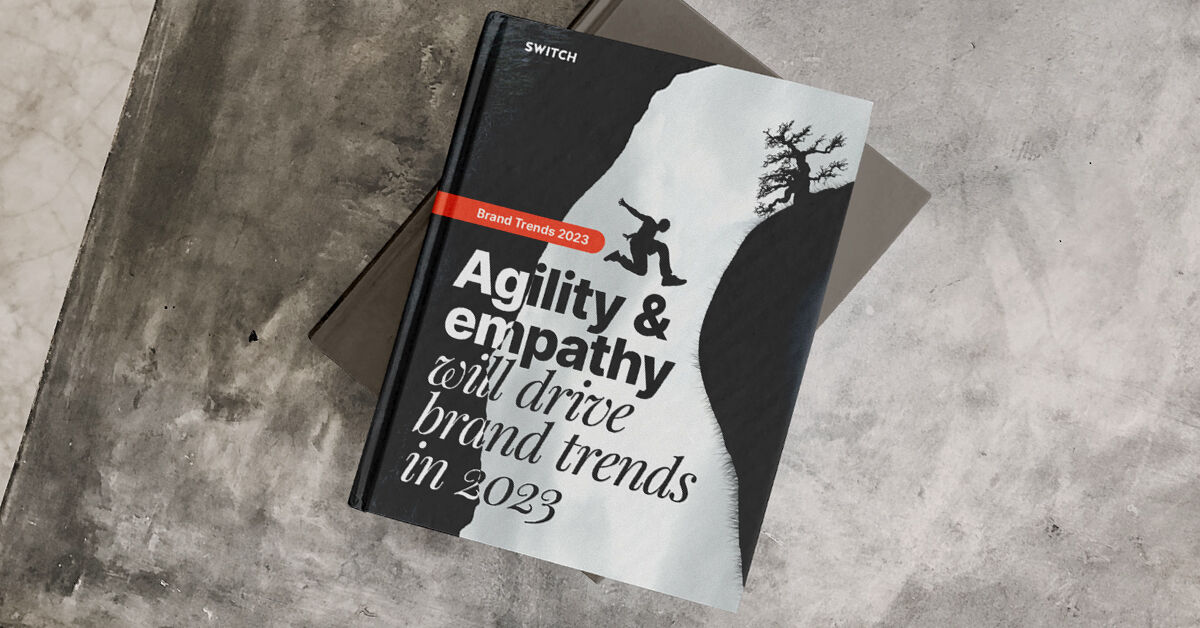
When we think of brand trends we tend to consider them in isolation. We think of brands as commercial entities that are beautiful and polished and purposeful. They have products and services that are relevant to audiences leaping into 2023 with their hands on that coveted ‘add to cart’ button.
But brands exist within a wider context.
They are relevant to us because we, the consumers, dedicate a share of our mind and a share of our wallets to them – without a market filled with consumers who have the means, the reasons, and the opportunities to make a purchase, a brand cannot exist.
Let’s take a breath to examine the context that brands will face as they head into 2023 before we examine trends that they could possibly ride.
Do you remember the wave of optimism that we felt this time three years ago? We were about to party like it was 2020. Then the truckload of manure hit the windmill and we had to push through, promising ourselves and others that better times lay ahead.
Well, it doesn’t seem like these better times are around the corner. 2023 is, in fact, shaping up to be quite a fully-fledged bastard of a year. It’s like the cold war spectre of the seventies is about to go on a date with the 2008 recession, their ankles in a rising tide of socioeconomic and environmental crises.
Well, what’s coming is coming so brands will have to do what successful brands have always done – listen, learn, adapt, and forge ahead.

Brands be nimble, brands be quick
A brand that isn’t moving ahead, especially in these times, is one that is sliding backwards. There is no pause button. Moving ahead doesn’t mean crazy investment or major changes – we’re not looking at a wave of optimism here. Moving forwards means carefully navigating the market that the brand operates in and this requires agility.
It is time to turn up the listening efforts.
Listening means having an ear to the ground but it also means having an open mind. It means the will to make changes in response to what your audiences are actually saying.
There is a frustratingly large number of brands that ask the market a bunch of questions that are designed to elicit a specific response – “What flavour ice cream would you like us to make next?” – and that sort of thing with the intent of skimping on R&D.
This isn’t about shamelessly harvesting product ideas from the market. It is about an open conversation, candid discourse with those members of your audiences who have enough emotional attachment with your brand to say what it is you can do better.
Listening is a superpower that the vast majority of brands forgo and some can afford to do so. Knowing your brand can afford this takes guts. Thinking it does when it doesn’t can spell disaster.
Of course, you can be a superbrand that blatantly ignores the market and blazes ahead with what it knows is best for users and depends on its sheer enormity to change the behaviour of an entire generation rather than listen to the market. Apple is one of these brands – remember when phones had headphone jacks? – but to their credit, they have never asked a single question. Their twitter account is famously silent. But not every brand is Apple.
It takes an agile brand to make the changes that are needed to remain relevant in turbulent times. We’re aware of market agility as a necessity. We’ve learned our lessons from Kodak and from Palm and from Nokia, amongst others. This is not what we’re speaking about just now.
When the going gets tough for your audiences, it isn’t usually the product mix that needs adjusting. It takes more empathetic communication, a pricing strategy that suits the times, and the ability to seek new audiences. If a new product line makes sense, then make that happen.
Just make sure it remains true to brand. Product lines developed in panic with the intent of capturing an ailing market are one way to give your brand one last gasp but there’s no coming back from that.
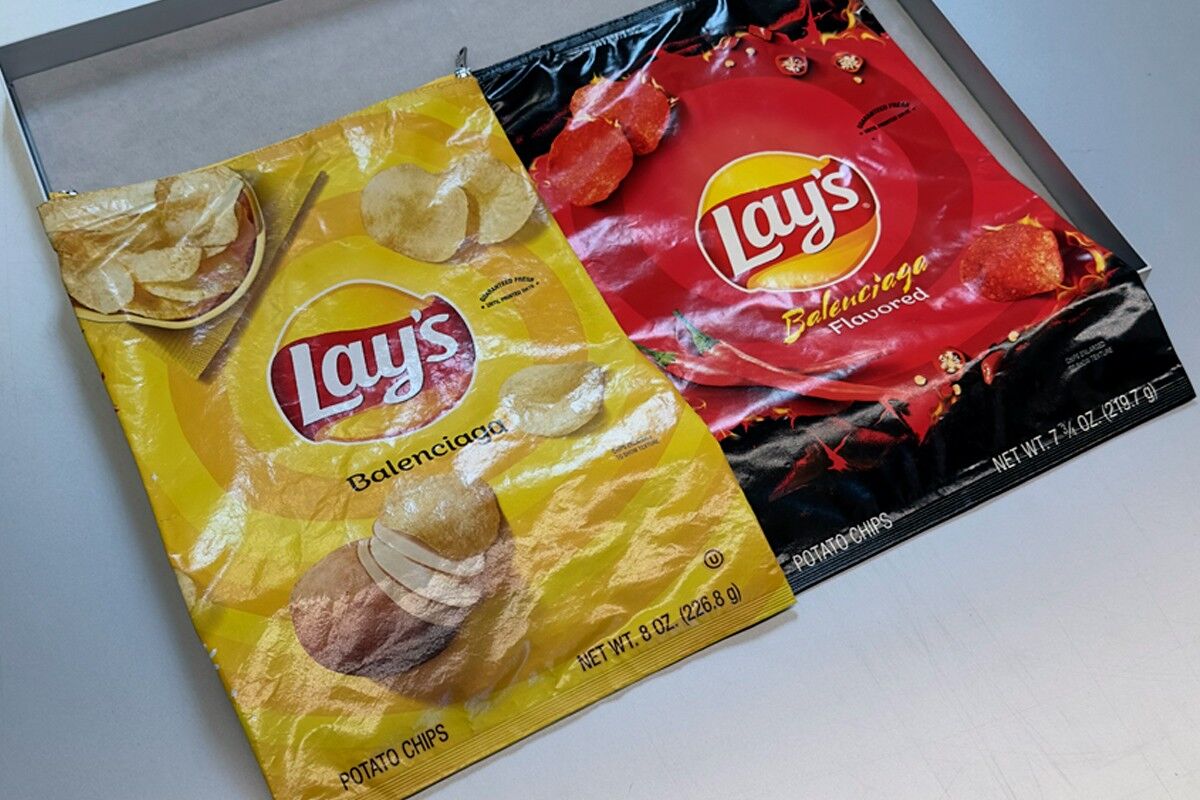
Eric Brain/Hypebeast
But let’s get back to brand agility.
We mentioned the importance of actual active listening.
Now that your brand is armed with market sentiment, it is time to act upon the insight. What are the pain-points? What can we infer from the amount of data we have collected?
A single customer voicing an opinion is one valid voice.
A whole lot of customers whose experience is similar? Now that’s the emergence of a pattern. And patterns are what we can use to modulate the way our brand expresses itself and behaves.
Look at the fashion industry. We have the $3 t-shirt and the Balenciaga Lays bag for just shy of $2,000. Both have been hailed as obscene – one drives working conditions below what we consider slavery and the other is, well, an expensive bag of chips without the chips. When the going gets tough for more than half of the world’s population, both extremes ought to be reconsidered.
There are brands in the fashion industry that have been doing the right thing. Toms give time, shoes, education, and a whole lot of other good things to those who need them and it’s all paid for by consumers in the Western world who can afford to pay a little extra for their shoes. Samsøe Samsøe have stitched an easy way of reselling your lightly used garment to prevent waste. Even Apple is offering buy-back programmes for their phones and laptops to refurbish or reclaim materials.
We’ll get to this in more detail in a while but for now all we need to take away is that we can listen to the market and do something in response. It doesn’t need to be something new. It has to be something that shows relevance. Don’t be Kodak.
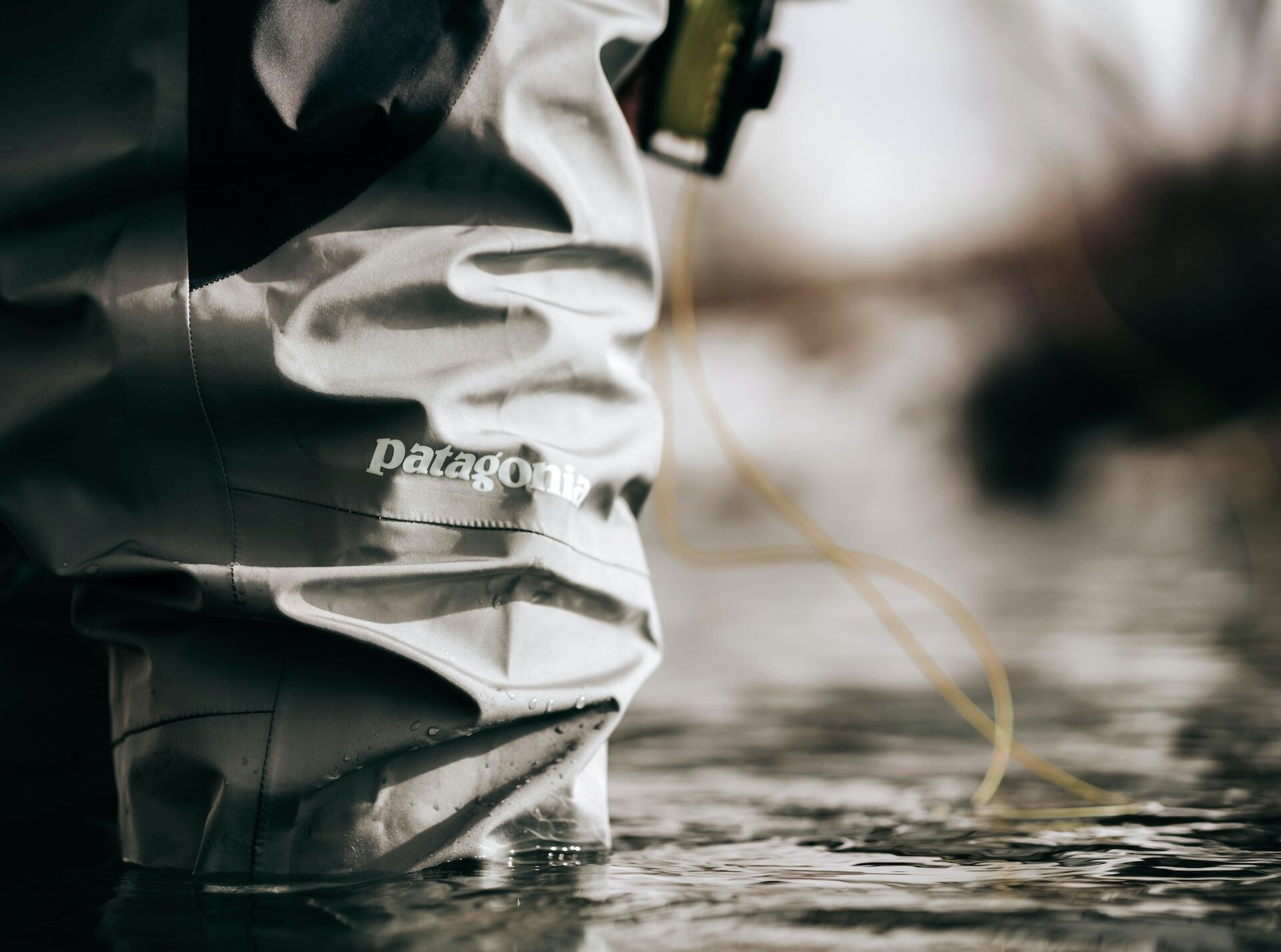
The brand stand
If brands skipped all their classes this year, we hope they attended the one that Patagonia stood up and gave us.
When faced with two options that the market usually provides, they carved out a third one for themselves.
They could do this because they really stand for something. The times where brands stand for commercial benefit alone are long over. If you haven’t yet taken a position that is really and truly beneficial to the community you operate in, this could be your last chance.
We are approaching a dangerous intersection. As shallower pockets extend to the mass market, so is the expectation of a social conscience. This means that brands need to be sensitive to the pricing expectations of their market while doing the right thing. And for too long, we’re considered social responsibility as a spend. At Switch, we’ve always taken exception to the notion of a ‘CSR budget’ and it is high time this kind of thinking is relegated to history where it belongs.
If doing the right thing isn’t sustainable, how do you explain brands like The Body Shop that have thrived on this narrative for over three decades? And how do you explain Patagonia’s position today?
Here’s a sneaky tip. Pick a cause that most brands and most people aren’t looking at. The causes that are in the mainstream are worthy and are being addressed by others. Fringe causes can be just as valid but receive little attention. By picking one and telling its story, you can stand for something that can really do with the attention that a consumer brand can provide while giving your brand a narrative that stands out from the rest.
In any case, there is plenty of evidence to show that doing good will result in your brand doing well. There is also a growing resistance to publicising the efforts you do. Screw that. If you do the right thing you ought to climb up a tower and scream from up there so that the world hears you.
Here’s why. Many people are baffled by an apparent contradiction – the solutions to the world’s ills seem very simple but there is no apparent will for them to be implemented. We won’t go into detail but the way forward is very likely in the hands of the private sector.
As businesses do the right thing, they coax, shame, or encourage other businesses to do the same. If your brand does the right thing it ought to say so and say it loudly. May it be the beacon of the industry that shines a light for your competitors to navigate towards. Bit by bit, with enough of us doing the right thing, we will zig and zag in the right direction.
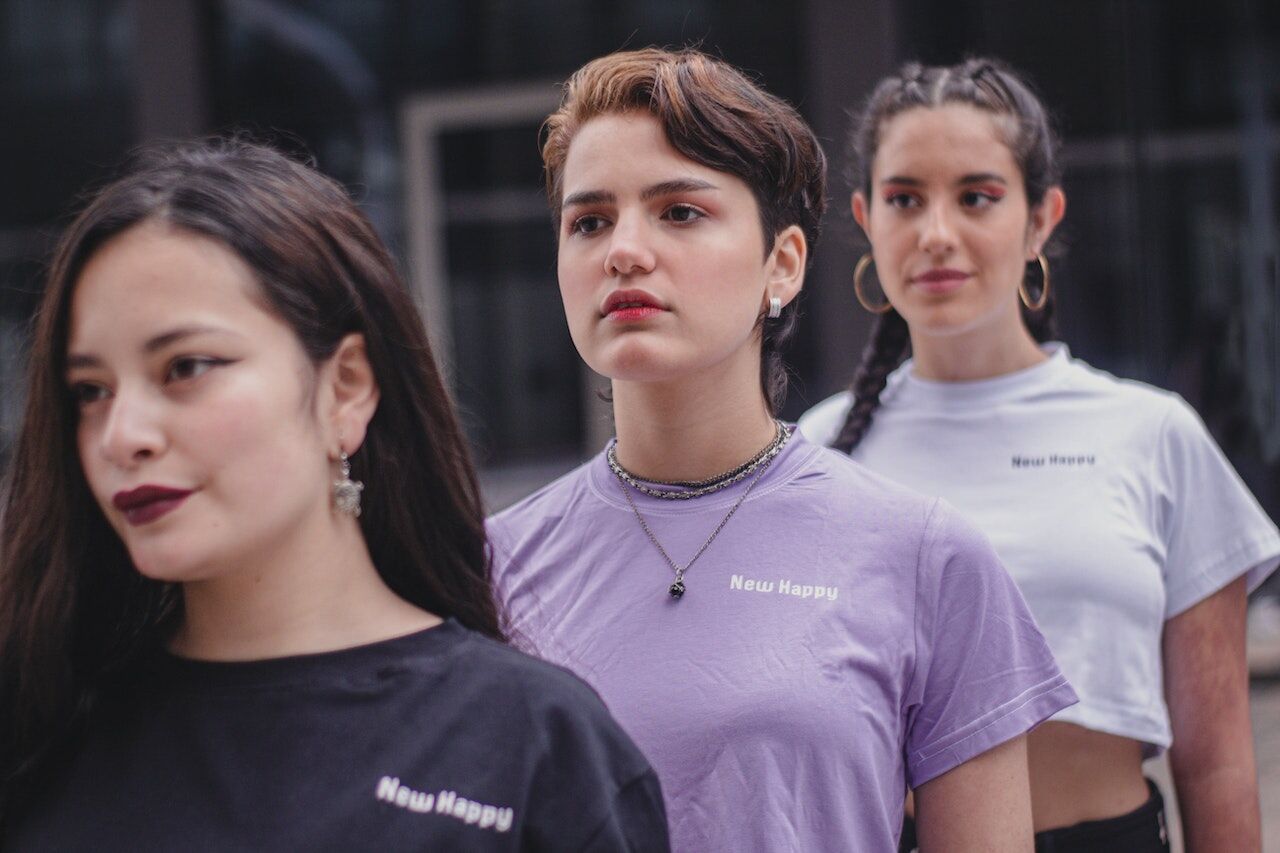
Quality street
As market forces drive production budgets down, 2023 will see brands that stand out by producing quality content on a budget. The brands that just throw in the towel will fight hard to remain noticed but smart brands will stand out by creating the content that its audiences are craving. This is a subject that merits its own, lengthy discussion but we’ll dip our toes into the more noteworthy points.
1. Quick and dirty content right now > Polished content next month.
We consume most of our day’s media on our phones. The vast majority of it has been produced on a phone. That’s what our brands are competing with – a shaky phone video of a cat running in circles around a Roomba. More shaky cat videos and less anamorphic flare will save you a ton of money and have audiences subscribing to your feeds. Just get the story right.

2. Produce content your audiences want and not content that you want to say.
Look at brand communications that come your way on your socials and assess the next ten pieces of paid content with a simple question: “Do I care?” We are ready to bet that you will say no to 8 of them. Now apply this thinking to your own brand communications and be ruthless. Be hard on yourself. Take out everything that you think is important and put in what your neighbour would want to know and what she’d understand. No one cares about features – we care about benefits to us. No one cares about the heroics you go through to manufacture your product or that you refurbished your shop – we care that your product just works and that we can find a wider selection in store.
3. Stop writing for SEO. Write for humans.
“Ah but if I write for humans and the search engine doesn’t put my content up top, have I not buried my needle under a haystack the size of the internet?” Well, not if you find a balance. Be SEO aware, write for humans, get someone out of the industry to read what you wrote, and learn habits that blend the dictates of our silicon audiences with the actual wants of humans.

4. AI is your friend.
There are bots out there that can do your writing, mock up your artworks, create sounds you need for a jingle, and even write an entire movie. When we say AI we mean machine learning engines – with ‘learning’ being the operative word. They’re learning much faster than our feeble mammalian minds can manage so by the time you’ve read this sentence they’re even better than when we published this blog.
5. AR/VR/XR is real.
Even if you don’t plan to create content for metaverse/AR etc platforms right now, get in there and start playing around. The more your brand can learn right now, the better prepared it will be when the wave crests. Think back to the first iPhone. One person in a thousand had one and the industry wasn’t creating content for the medium – SMS shots and mobile sites in plain text were considered hot stuff. Here’s a little secret. All the identities we worked on during 2022 have a 3D version that works beautifully in a metaverse context – we’d be foolish to give a client an identity that doesn’t work in 3D at this point. May this influence the way you think of your own brand.
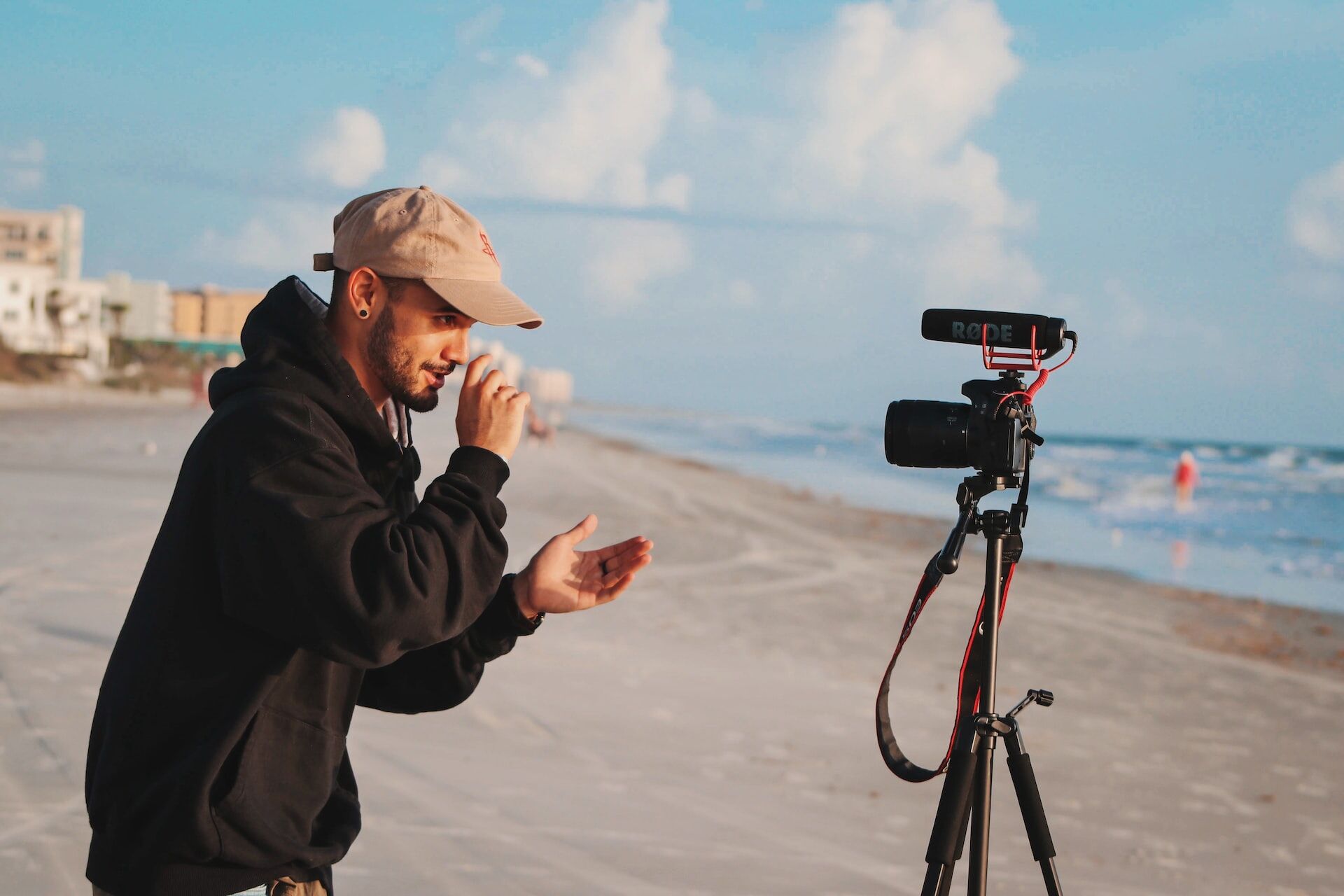
It’s not the size of the ship
You’re likely frustrated that you’re getting much lower brand engagement on your socials. The space is in flux – we have bots and dodgy algorithms casting a shadow on the legacy channels like Twitter and Facebook, vast chunks of users that seem to behave in an extremely unpredictable manner, mega influencers wailing about their drop in engagement, and huge amounts of content that are simply taken from one channel and shared on another.
What we’re learning is that size is no longer a reliable measure of worth. Working with many more influencers who have far fewer followers is a better strategy. The flex is finally quality and not quantity, a sign of impending maturity in this space. These smaller influencers produce excellent, focused content and have a manageable following so they can afford to have proper conversations.
The same applies to our audiences. We can afford to be more personal, to curate our lists and have significantly more meaningful inbound marketing. There is a lot to be said about an email that appears to have been written with me in mind. And we have the tools to do so. Quite why so many brands haven’t changed their email marketing game in over a decade is a mystery.
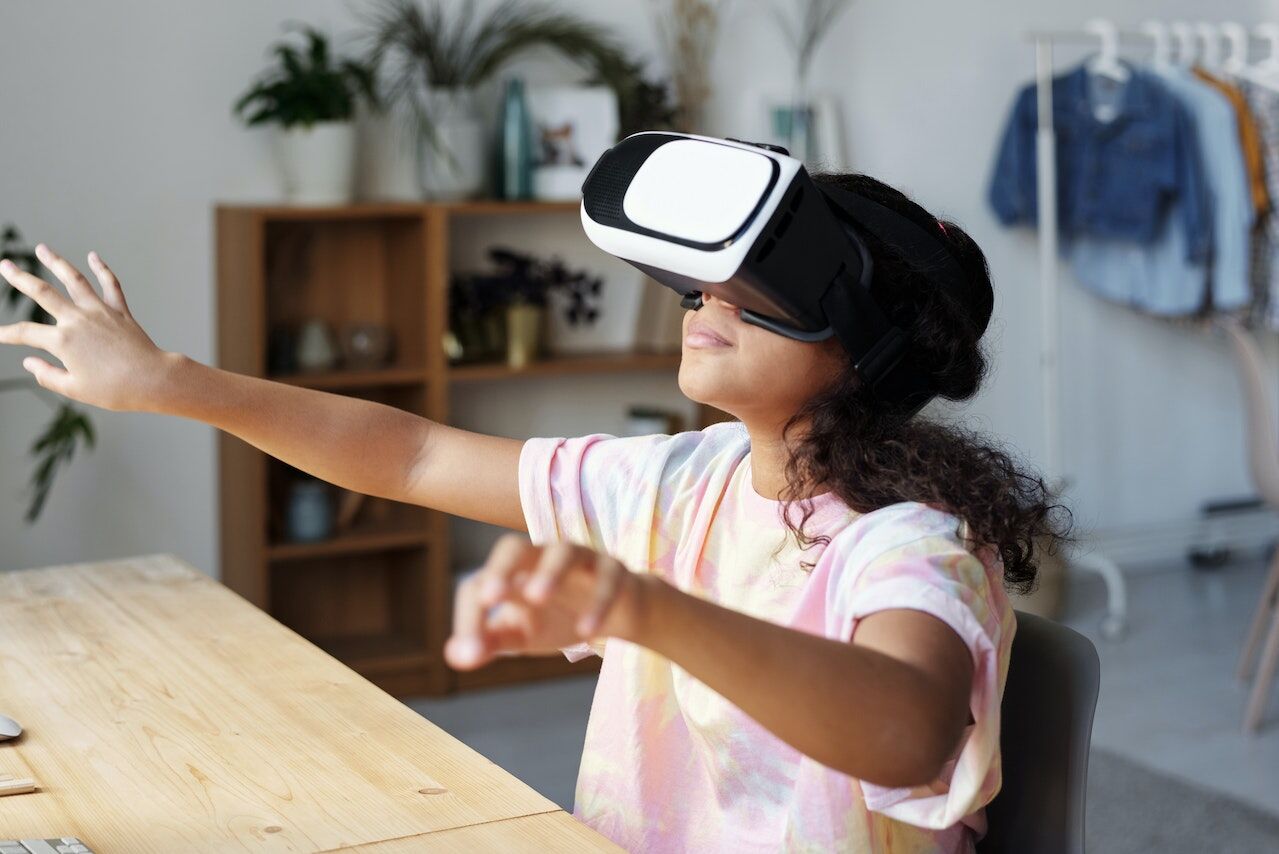
Experiential is back in play
After what felt like a hundred years of lockdowns and masks and restrictions, experiential is back in play and in full swing. The beauty of it is that the line between online and IRL was blurred by the past two years so most events have the ability to be hybrid without it being all weird.
We have learned plenty about our own behaviour during the times that shall not be named and we emerged knowing that there are events we want to attend in person and others where we’re happy to kick back and just follow from home. Those who master IRL/online activations will be the ones to win the brand engagement cookie for 2023.
Let’s not forget A/V/XR. Experiential in the metaverse is already a thing. Of course, it’s kind of on the fringe. But all trends start on the fringe and make it to the mainstream when there is a confluence of consumer behaviour, tech, and affordability. Two of those three are sometimes enough because we’re prepared to put up with shitty technology if it means we gain convenience. Those of you who’ve walked in the rain to rent a movie on a VHS tape and watched it on a TV that’s the size of an average laptop know what we’re on about.
Brand experiences aren’t a new trend – we’d be writing this into a time machine if they were. Experiences that blur lines effectively and not because of deus ex machina constraints are what will be worth pursuing though. If you have the ability to find the most inclusive of ways to craft your brand experiences, methods that give an analogous experience to IRL and online/metaverse participants, you will greatly expand the reach of your brand.
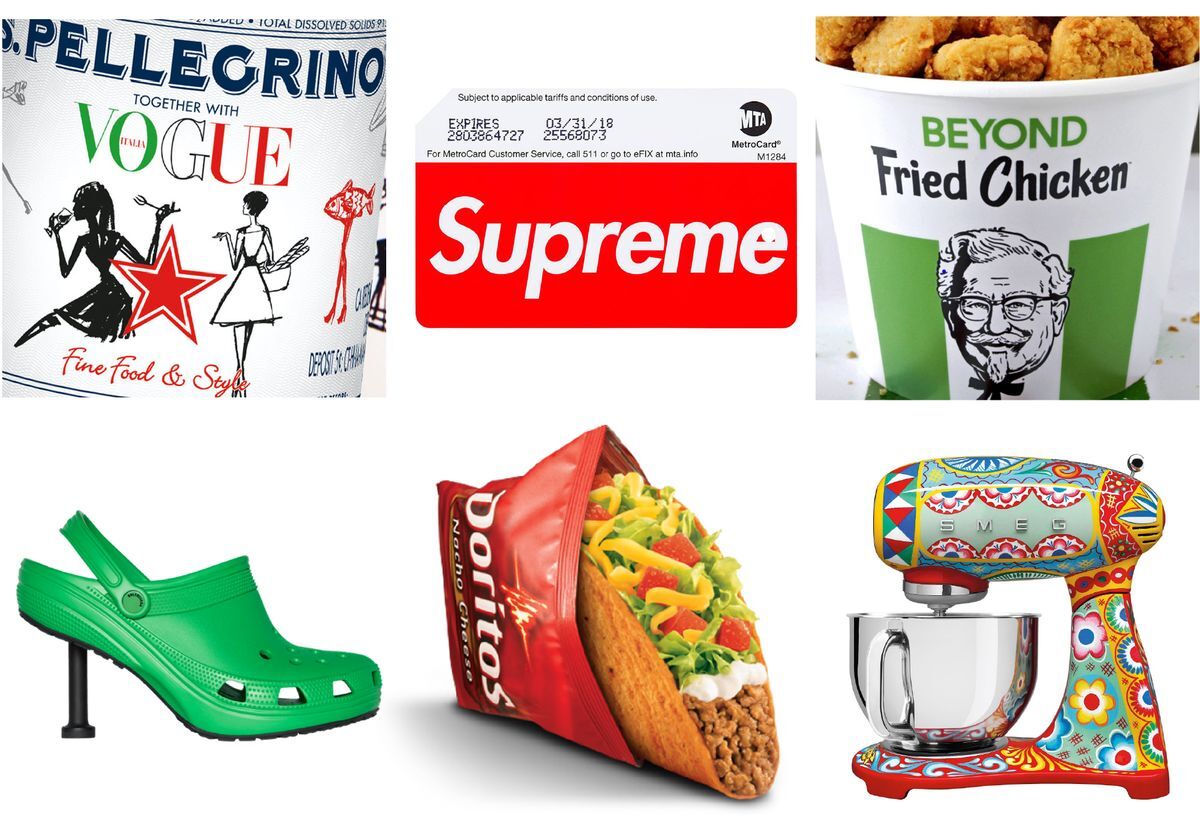
Reinforcements have arrived
Boomers and Gen X were brought up with TV and radio. They had to sit back and take whatever brands told them. Yelling at the TV or writing angry letters to a faceless corporation didn’t really do much. Well, there’s a new kid on the block and they’re willing to lend a hand to your brand.
Gen Z is the audience to listen to. They have shown their will to converse with brands and let them know how they can improve. They love the idea of brand collabs, speak their minds when they think one could work, and are just as vocal about those that don’t. More importantly, they want to play a part in the way your product and your story are shaped. And to ignore this generosity would be foolish.
When asked, “If compensated, would you be interested in offering feedback on the creative process, product development, or strategic planning of your favourite brands?” 92% of Gen Z were very interested, with 43% responding with a resounding 10 (definitely yes!) on our scale of 0–10. OGILVY AND THRED MEDIA GEN Z SURVEY, MARCH 2022
There is the possibility to iterate continuously when engaged in an open and ongoing conversation with a Gen Z audience. Properly engaged, a Gen Z audience will be forgiving, if not supportive, of an ‘always in Beta’ product or service because it is clear that the optimisation is happening in response to real feedback. It delivers a sense of ownership that older and more mature markets have lost the right to claim.
This discourse makes for a much more agile brand. It effectively blurs the line between the brand and its audience, creating a cycle of brand and product improvement that is perpetually aware of, and responsive to, the market sentiment. Embracing this symbiosis means that the brands of tomorrow will be significantly more empathetic and responsive – a place that is far removed from the behemoths that were created during the first half of last century. Finally, we’re ditching the questionable wisdom of men who have died in their boardrooms and seeing the birth of the enlightened brand.
If it is the quagmire that 2023 might be that makes it happen, we’d have endured whatever is headed our way with a glistening, solar-powered light at the end of the tunnel.




